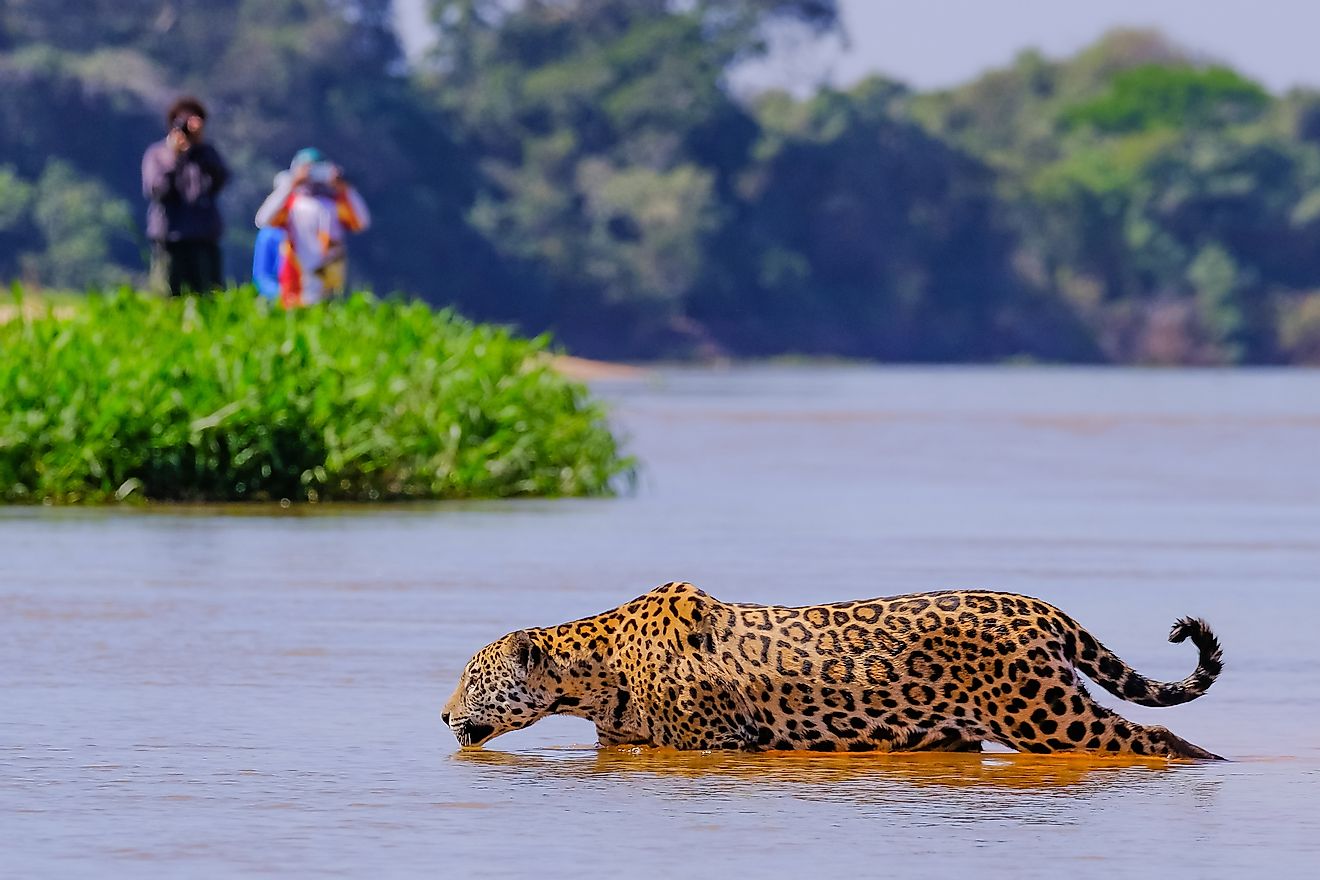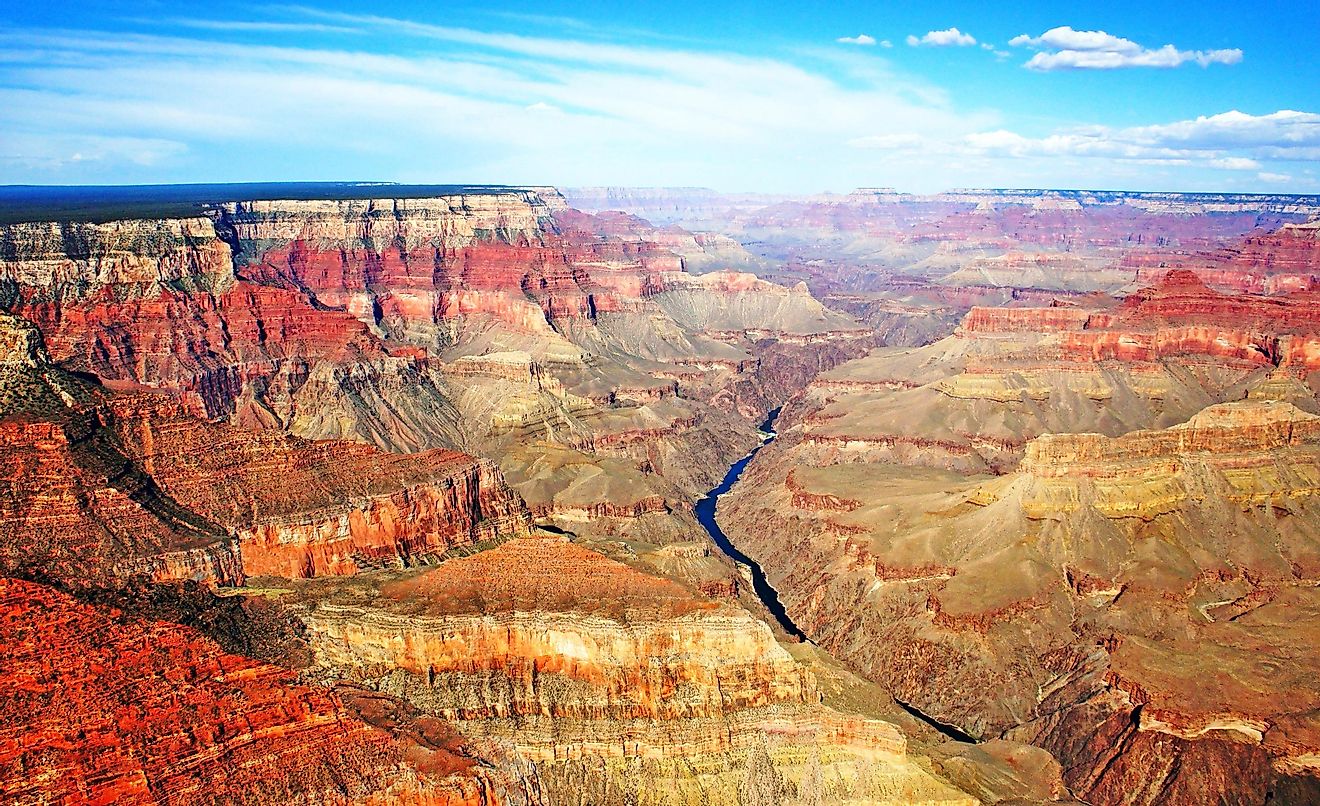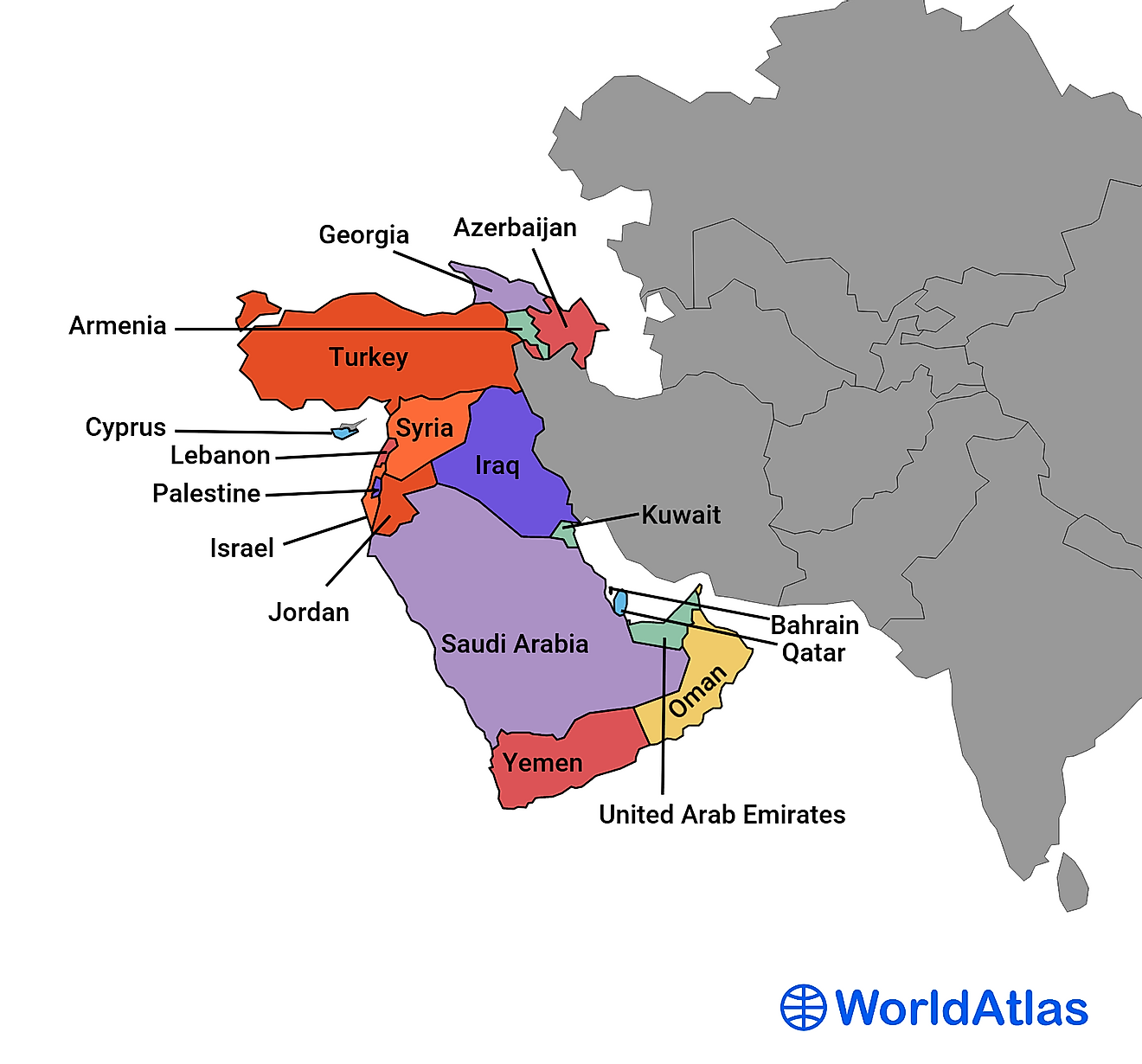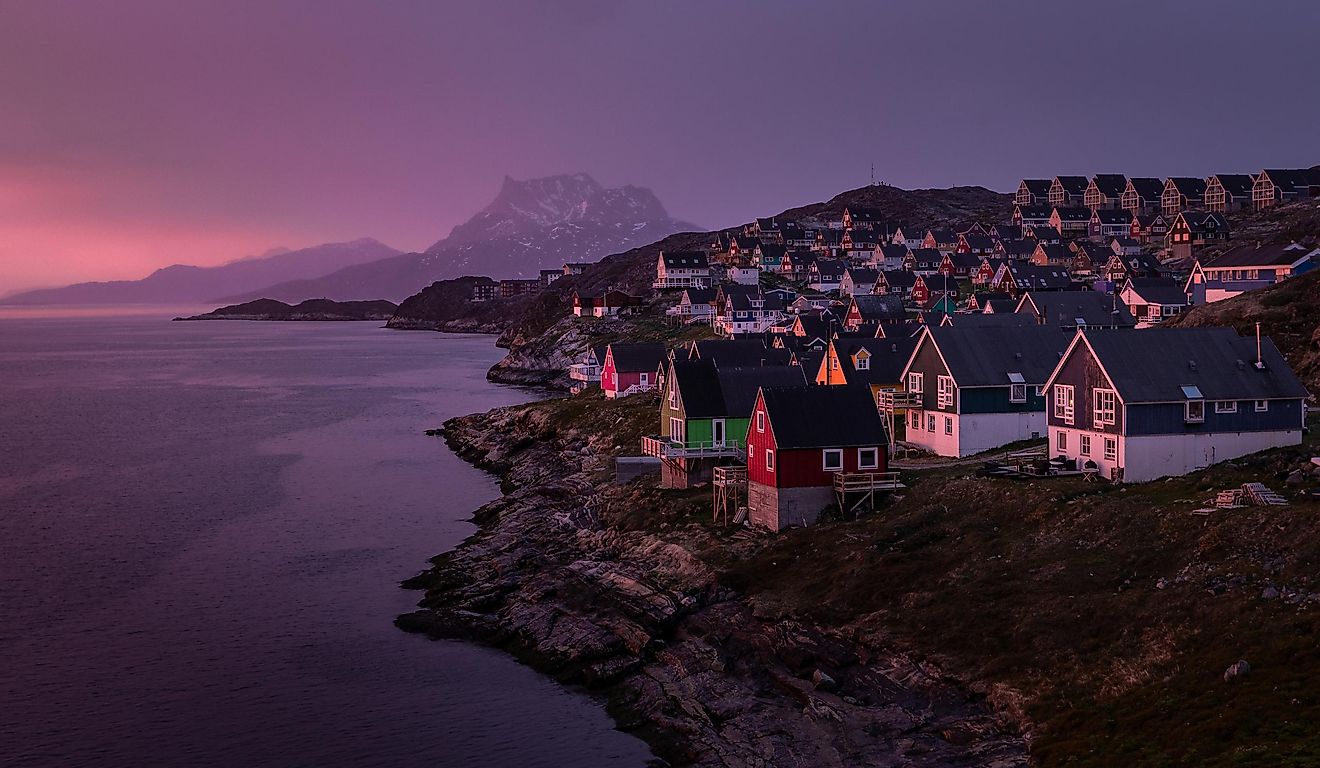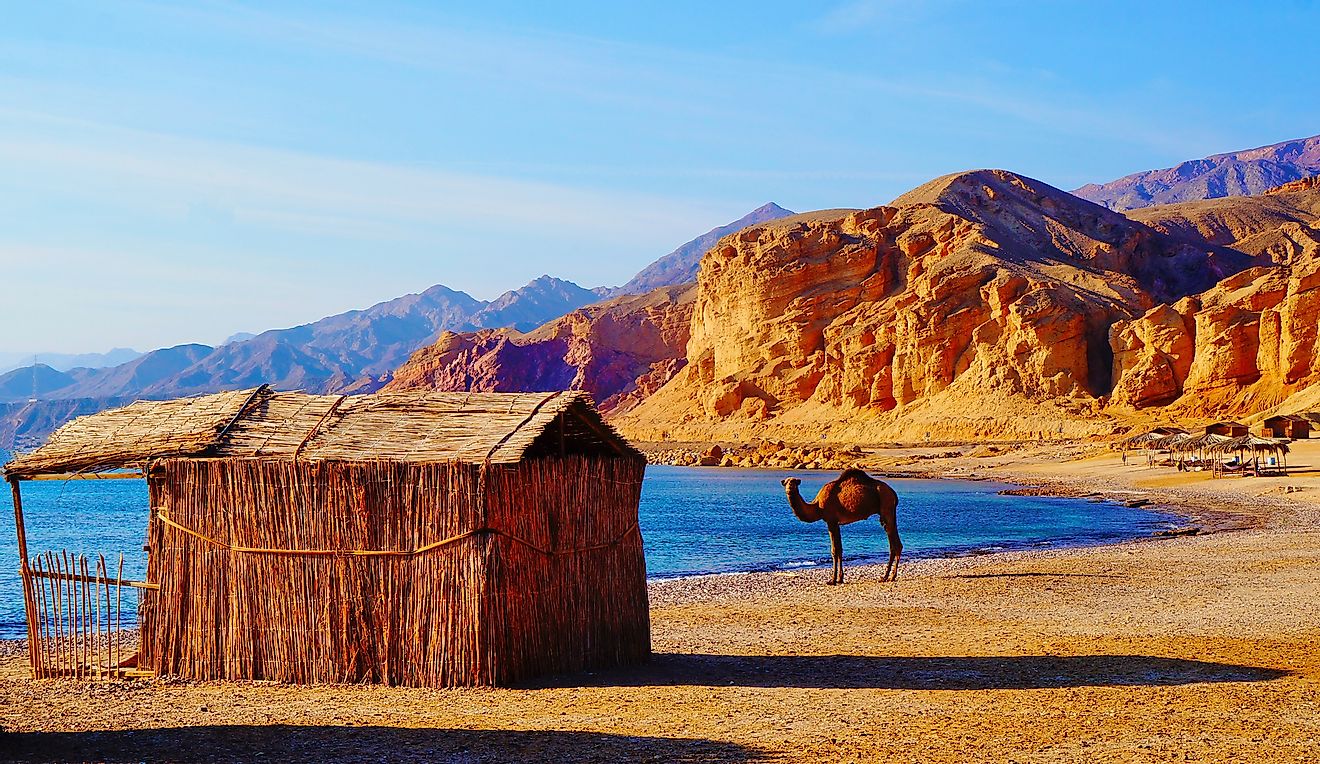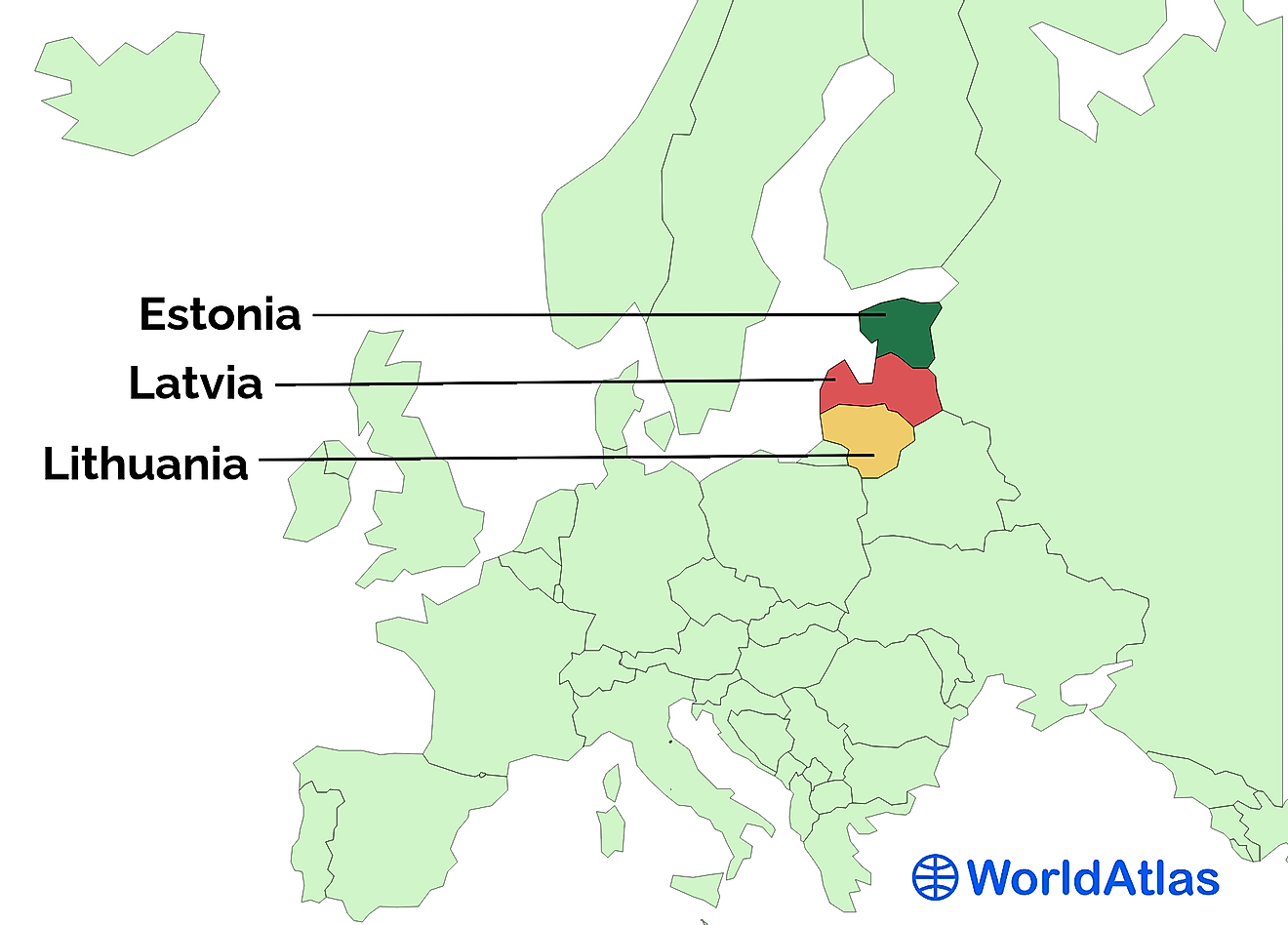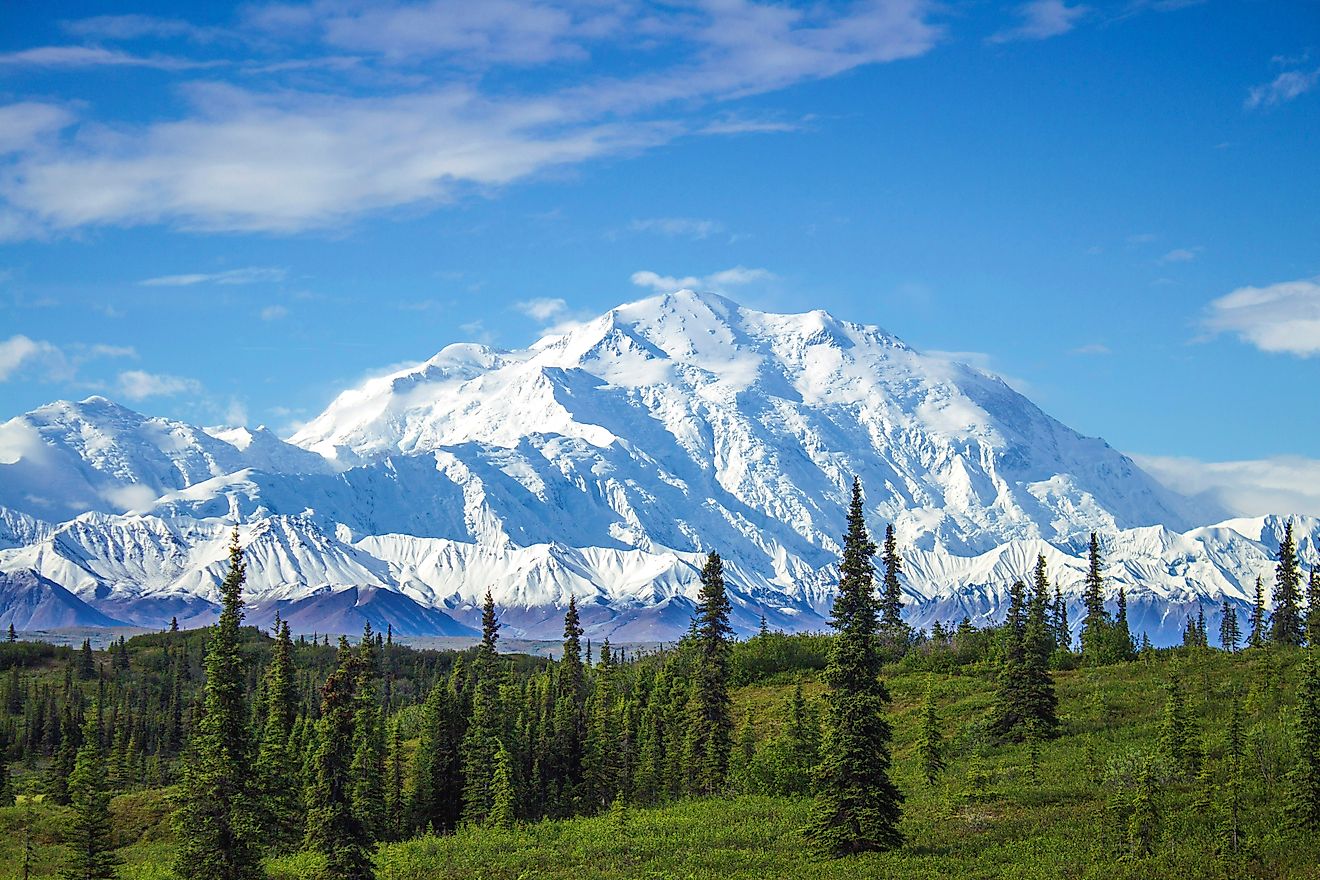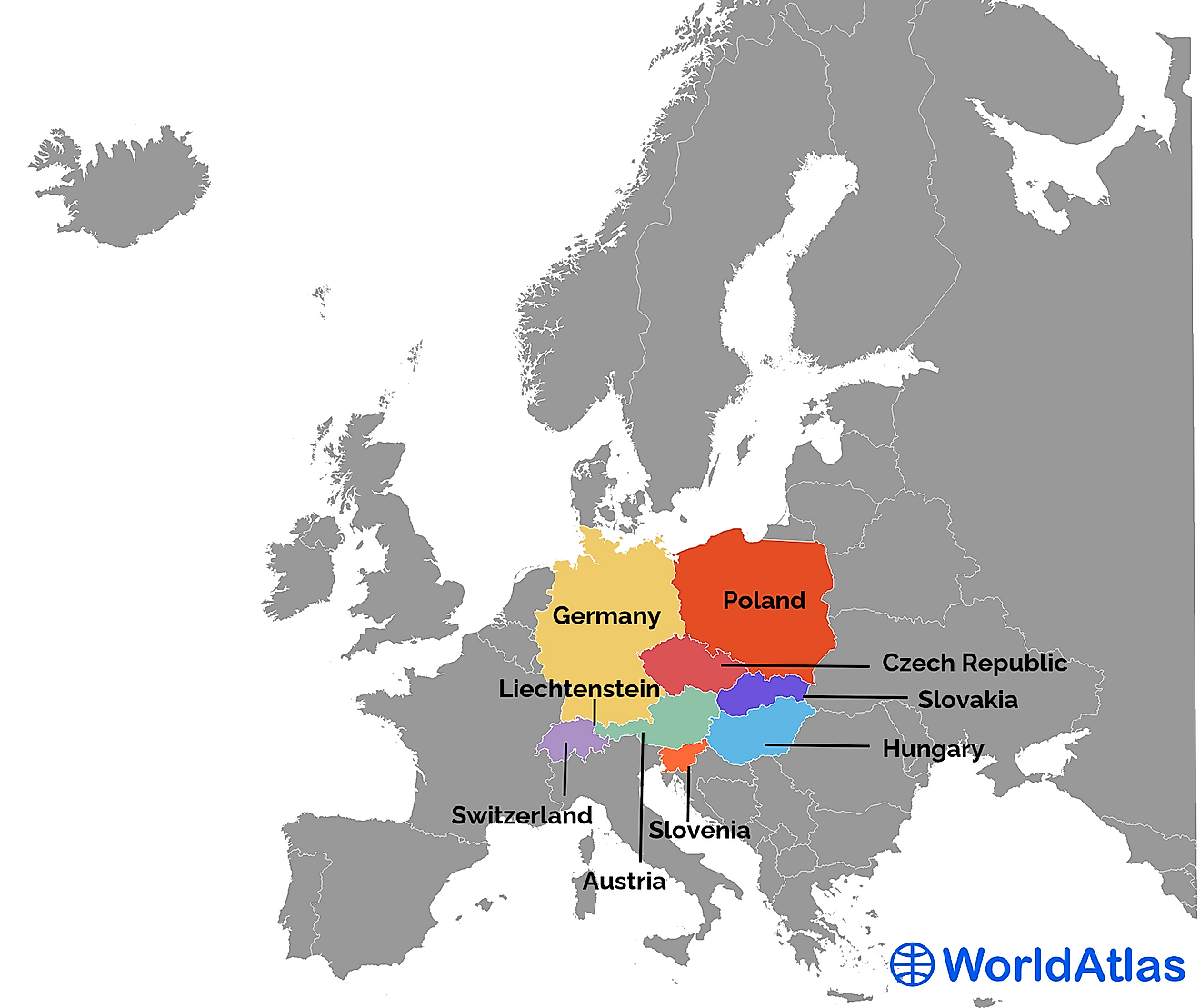The Different Types Of Karst Landforms

Karst is a type of topography that features landforms produced by the dissolution of soluble rocks like limestone, gypsum, and dolomite. Karst landscapes have extensive underground cave systems, subterranean rivers, sinkholes, etc. Karst landforms vary in size and type. They maybe small-scale features like runnels, solution flutes, etc or large-scale features like limestone pavements, karst valleys, and others. Cenotes, foibe, sinkholes, etc., are some of the medium-sized karst landforms.
Contents:
- Karst Caves
- Cenote
- Foiba
- Scowle
- Turlough
- Uvala
- Limestone Pavement
- Polje
- Karst Spring
- Ponor
- Sinking River
- Karst Fenster/Karst Window
- Calanque
- Mogote
- Abîme
Karst Caves

Karst caves are formed due to the dissolution of soluble rock materials like limestone. Rainwater with dissolved carbon dioxide acts like a weak acid that dissolves soluble rocks as it seeps underground. Hollows are created where the water dissolves rocks while insoluble rocks stay intact to form the floors and walls of the caves. The cave structure keeps changing over time as water finds newer routes of movement. Caves at different levels are thus formed.
Cenote

When a limestone bedrock collapses to form a natural pit that exposes groundwater, the resulting landform is called a cenote. The Yucatán Peninsula in Mexico hosts numerous cenotes. Such places were used by ancient Mayan people to make sacrificial offerings. Cenotes are also denoted by other terms like a sink-hole, swallet, doline, swallowhole, etc.
Foiba

A foiba is another karst feature formed by the collapse of a part of the bedrock. It is basically a deep natural sinkhole which usually has a shape similar to an inverted funnel. Foibas are common in the Karst region of Europe. It is a karst plateau area that is shared by the three nations of Croatia, Slovenia, and Italy.
Scowle

Scowles include a variety of karst landforms ranging from irregular labyrinthine hollows to shallow pits. Such features can be observed in the Forest of Dean in England. Scowles serve as important habitats for wildlife. Low-growing plants, a variety of invertebrates, and bats survive and thrive in this habitat.
Turlough

Turloughs are karst features that are unique to Ireland and are found west of the River Shannon in Ireland. A turlough is a disappearing lake found in a limestone area. Basically, the area to the west of the Shannon River comprises of pure limestone with little glacial drift cover. Here, river networks do not exist. The rain that falls on the limestone bed seeps underground through openings in the bedrock. These openings can range in size from small fissures to massive caves. The underground water finally surface at distant springs. However, when the groundwater is saturated and water can no longer seep underground, rainwater collects on the surface to form turloughs. Again, during the dry season, water seeps in as groundwater levels decrease. Thus, turloughs are described as disappearing lakes.
Uvala

Uvalas are also karst landforms that are found in parts of Croatia, Montenegro, and Serbia, as well as some other locations throughout the world. The uvalas are described as massively closed karst depressions that have an elongated, irregular shape. Uvalas result when accelerated corrosion happens along zones of tectonic activity. In simple words, an uvula can also be described as a collection of several small individual sinkholes that have coalesced together to form a massive sinkhole.
Limestone Pavement

This karst landform resembles an artificial pavement, hence the name. It is a flat, incised, and exposed limestone surface that is quite common in Ireland and the UK. In other parts of the world, the term alvar is often used to describe a limestone pavement. The landform is formed by glacial activity. When an advancing glacier scrapes away the overburden from the top of the limestone bed, it exposes the bare and flat limestone. However, the exposed limestone is now easily susceptible to corrosive forces and it develops numerous cracks and fissures that create an incised surface. Thus, the pavement consists of slabs called clints separated by deep fissures called grykes. In places where the clints are of a near uniform shape and size and the gyrkes are fairly straight, the landscape looks like an artificial pavement with man-made paving stones. Limestone pavements are common in formerly-glaciated limestone landscapes like Cumbria and Yorkshire Dales in England.
Polje

The polje is a steep-walled and flat-floored elongated basin with area varying between 5 and 400 square km. Poljes are found in karst regions of the world. Several sinkholes coalesce together to form a polje. The enclosing walls are as high 165 to 330 ft. Residues of limestone solution usually form the floor of the polje. Surface watercourses, ponors or swallow holes drain the polje. These karst landforms are common in the Dinaric Alps region.
Karst Spring

A karst spring is a water spring with a high discharge. It is located in karst area where it drains the underground water of the area. Such springs usually have a bowl or conical shape. They are most often present at the end of a cave system where an underground river reaches the surface of the Earth. Papua New Guinea is believed to hosts the largest karst springs in the world.
Ponor

Like a cenote, a ponor is also a natural opening in a karst landscape. However, there are some differences between a ponor and a cenote. Whereas the latter is basically a depression or pit in a karst landscape, a ponor is more like a portal for the entry of surface water to the underground. Ponors are locations where lakes and streams disappear underground. Bosnia and Herzegovina host the Adriatic watershed landscape which features numerous ponors.
Sinking River

A sinking river is simply a flowing watercourse that disappears or loses water as it flows downstream. The water usually drains into the ground where it increases the groundwater level since the bottom of the river is at a higher level than the water table. Losing streams are common in two types of landscapes, arid areas, and karst areas. In karst areas, a sinking river results when a river disappears through a ponor or sink-hole on the karst landscape. Thereafter, it flows through an underground cave system where it becomes a subterranean river. It might eventually resurface in the form of karst springs. The Trebišnjica river flowing through the karst landscape of the Dinaric Alps is an example of a sinking river.
Karst Fenster/Karst Window
A karst fenster is an interesting feature of a karst area. It is basically a spring that emerges from underground, discharges its waters, and then abruptly disappears underground through a nearby sink-hole. The term karst fenster is often used to describe an unroofed cavern or a part of it which reveals a subterranean river. Thus, a part of this river becomes visible for a small distance. A karst fenster is thus also known as a karst window. The Cedar Sink in Kentucky’s Mammoth Cave National Park is an example of a karst fenster.
Calanque

A calanque is a type of karst landform found along the Mediterranean coast. It is a narrow, steep-walled valley that is formed either by the collapse of the roof of a cave or by fluvial erosion. Some of the best examples of calanque are found in the Massif des Calanques in France. Despite the fact that the topsoil is nearly non-existent in calanques, a wide variety of plants grow here. The roots of plant enter the cracks in the limestone bed to firmly anchor the plant to the ground and absorb water. Several species of animals like rabbits, foxes, reptiles, wild boars, etc., also survive in such ecosystems.
Mogote
A mogote is an isolated hill made of limestone, dolomite or marble. These hills exist as rounded landforms with steep sides.
Abîme
A vertical shaft in a karst terrain is called an abîme. The landform is usually extremely deep and leads to a massive network of subterranean passages. Abîmes have a diameter of about 1 to 10 meters and can be as deep as 50 meters. Often, water flows down abîmes as subterranean waterfalls. These landforms are popularly known as pot caves in England and pit caves in the US.
